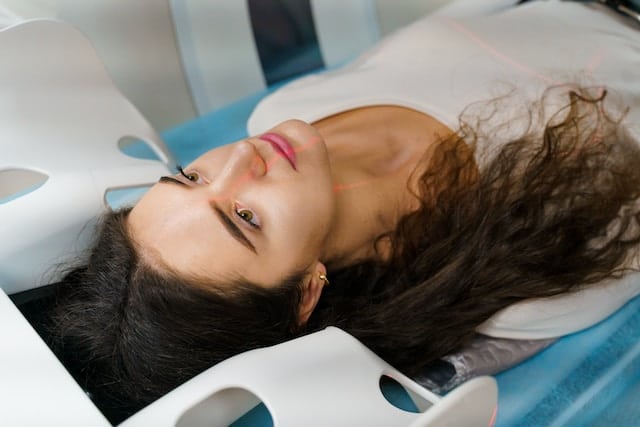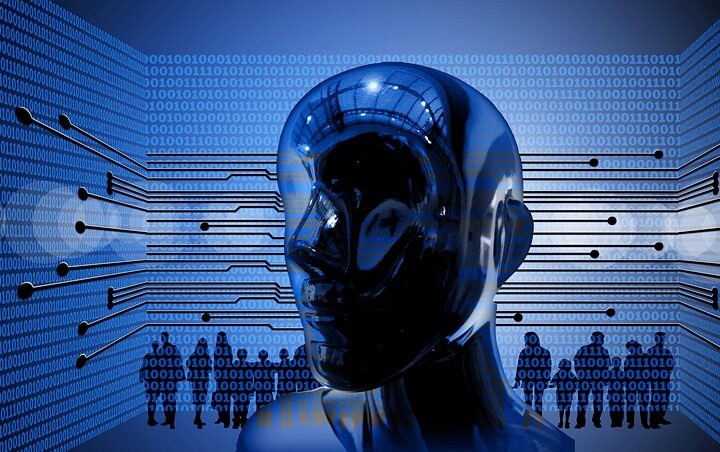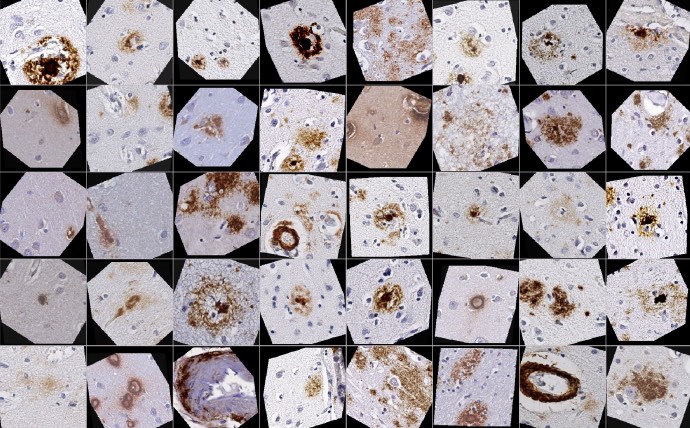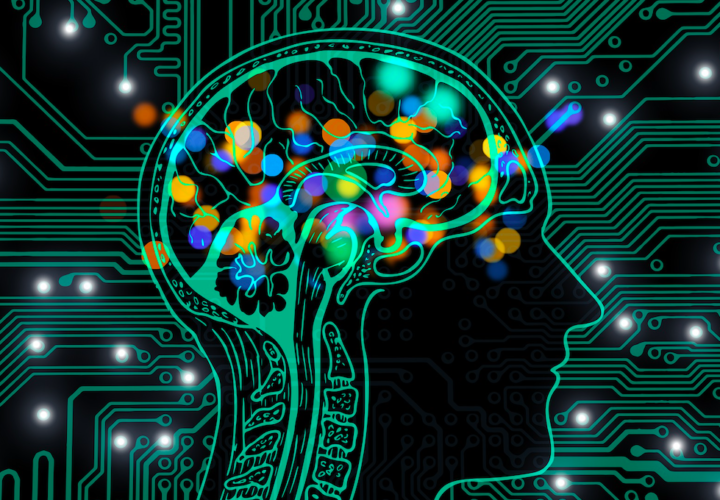Scientists are turbocharging brain scans with AI to help diagnose — and understand — Alzheimer’s and similar neurodegenerative diseases.
Scientists have developed more tools than ever to probe Alzheimer’s — from blood tests, to AI-powered cognitive assessments, and brain scans — which have aided in developing new treatments and ways to diagnose the disease. There are more exciting technologies that combine AI with various types of brain scans that may open up a new level of understanding.
Scientists have created new computer programs that help doctors understand what’s happening in their patient’s brain. In fact, these new AI-based tools allow scientists to get a whole new dimension of information from brain scans — including measuring the levels of different brain chemicals and predicting dementia based on brain shrinkage.
This isn’t futuristic technology: Many of these applications are already FDA-approved as tools that help diagnose Alzheimer’s. People undergoing diagnostic or monitoring processes today might encounter them, in the field of Alzheimer’s disease as well as other diseases that can affect the brain.
Brain scans to measure chemicals and metabolites in the brain
You’ve probably heard of magnetic resonance imaging (MRI) — a common imaging technique that uses powerful magnets to make black-and-white images of a person’s brain. But what about magnetic resonance spectroscopy (MRS)?
MRS is a technique that arrived on the scene in the 1980s, and unlike MRIs, they use magnetic fields to measure the amounts of different chemicals and metabolites in the brain. The reason that MRS wasn’t able to become as popular as MRIs was that they were challenging for doctors to interpret.
The results look like a bunch of angry scribbles. Alex Zimmerman and Alex Lin, an assistant professor of radiology at Harvard Medical School, co-founded BrainSpec to make this information easier for clinicians and other researchers to interpret.
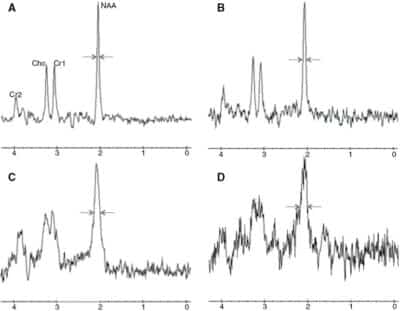
Essentially, BrainSpec turns these angry scribbles into information describing the levels of different brain chemicals measured in five specific brain regions.
BrainSpec received FDA clearance in November 2023, allowing clinicians to use this technology to help monitor and aid in diagnosing many different brain diseases, including Alzheimer’s.
Zimmerman, CEO of BrainSpec, told Being Patient that the technique is completely non-invasive. “Unlike [amyloid] PET scans, there’s no radiation,” she said, adding that doctors can track their patients over time and image them multiple times without risk — seeing changes in their patients’ metabolism over time.
When it comes to Alzheimer’s, there are chemical biomarkers that are physically much smaller than amyloid or tau proteins but might also provide predictive power. In addition to the process being less invasive, these chemical biomarkers are also easier to measure and cheaper than undergoing a PET scan or a standard MRI.
“There are certain chemicals that we know to change in Alzheimer’s disease that can help us with diagnosis and prognostication,” Lin told Being Patient. “What’s really exciting is that we observe the chemical changes even as early as preclinical stages of Alzheimer’s.”
AI to measure the size of different parts of the brain
VUNO recently received FDA clearance in October 2023 for an AI-based program called Med-DeepBrain that transforms images from an MRI into information about the size of different brain regions. Jaemin Park, a spokesperson for the company, told Being Patient that DeepBrain can spot patterns of brain shrinkage that could distinguish Alzheimer’s and other forms of dementia.
DeepBrain could also do more than just measure brain shrinkage.
At the 2023 Alzheimer’s Association International Conference, VUNO showed that the software was also effective at predicting amyloid positivity in people experiencing cognitive decline from the levels of brain shrinkage in different brain regions. However, Park noted that DeepBrain “is neither intended for the use of predicting amyloid accumulation nor a replacement for PET scans” at this point.
The company is hard at work with future research that will test whether DeepBrain could help predict whether someone has amyloid or tau in their brain.
“We anticipate DeepBrain can be a cost-effective technique for MRI analysis and supporting differential diagnosis of dementia other than Alzheimer’s, including vascular dementia and frontotemporal lobar degeneration,” Park said, adding that the company is currently submitting research papers showing how DeepBrain could be used to help ensure an accurate diagnosis of different types of dementia.
On January 12th, the FDA approved BrainSee, a similar AI-powered platform that combines MRI brain scan data with cognitive scores. It is intended to be used by clinicians to predict whether patients with mild cognitive impairment will progress to Alzheimer’s within the next five years. It is available for $1500 out-of-pocket or $300 with Medicare coverage.
Like the other AI tools, it is not intended to be used as a diagnostic but may aid in clinical decision-making or provide peace of mind for low risk patients.
“These tools are also only as good as the data they are trained on, and we know there is considerable heterogeneity in AD and related dementias, so it will be important for clinicians to know the size and nature of the samples that were used to develop these algorithms,” Kate Papp, an assistant professor of neurology at Harvard University commented on Alzforum.
Combining AI with brain scans could help us find new disease-related genes
Scientists are also trying to use brain imaging to search for genes related to Alzheimer’s disease. Wait a second, you might be thinking — how does that make any sense? After all, there’s no actual way to see individual genes on a brain scan.
Paul Thompson, a professor at the Keck School of Medicine at the University of Southern California, started the AI4AD consortium to help integrate genomic, imaging, and other biomarkers of Alzheimer’s together. Using AI, the researchers involved in this consortium are mashing together large databases containing brain imaging and genetic information of a lot of healthy people as well as those with Alzheimer’s. The goal is to link visual changes in the brain seen on MRI images to specific genes.
This strategy can help find the right drug to treat a person with Alzheimer’s based on their genetic profile, combining genetic data and brain scans to predict cognitive decline. Unlike BrainSpec and VUNO’s Med-DeepBrain, this technology is still in the research phase.
